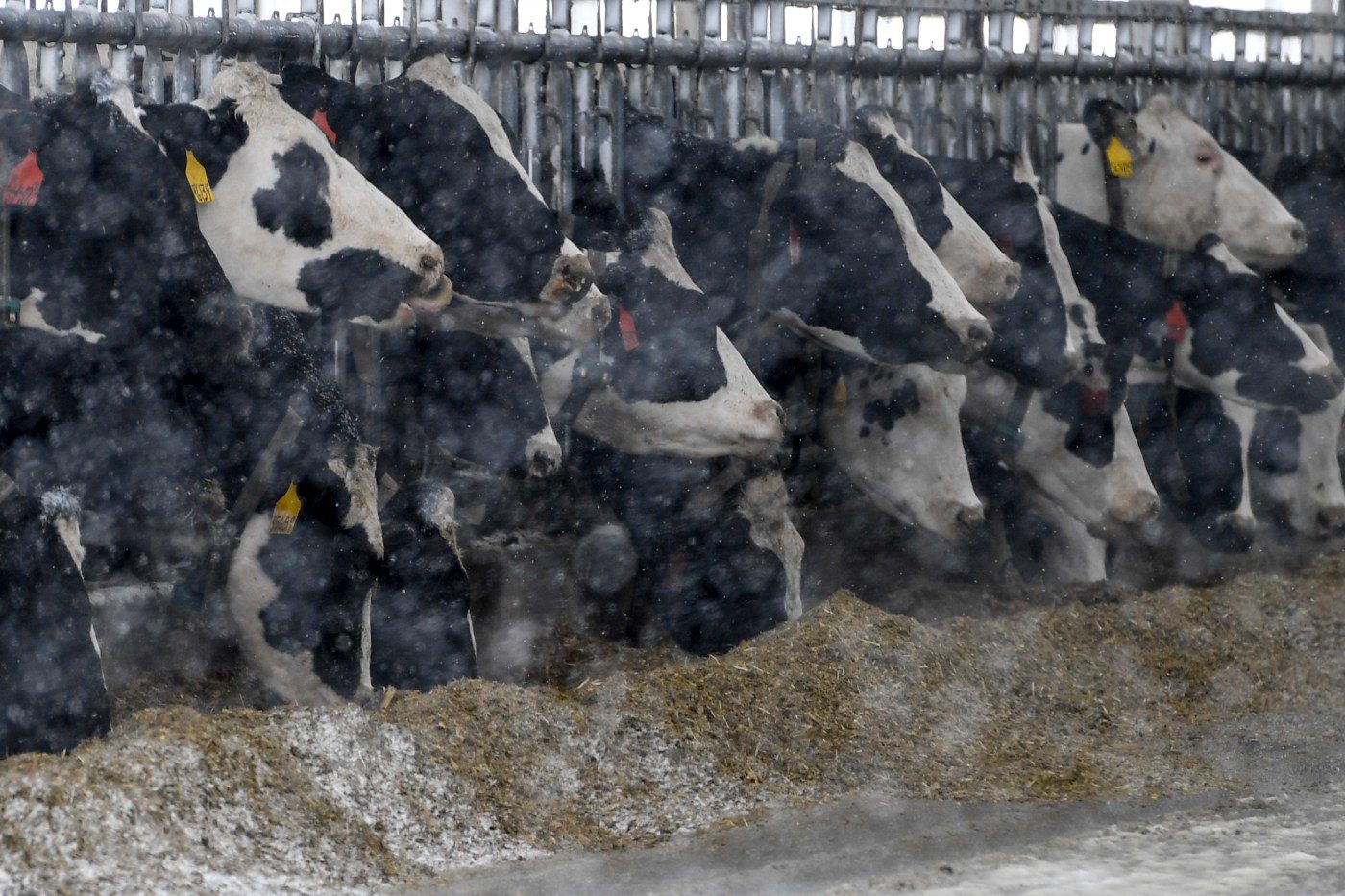Colorado dairies must test their milk weekly as the state tries to stop further spillovers of the highly infectious bird flu from wiping out poultry farms.
On Monday, Colorado state veterinarian Dr. Maggie Baldwin issued an order that licensed dairies in the state must submit weekly samples of their milk to test for H5N1 influenza, also known as highly pathogenic avian influenza. If a dairy’s sample comes back positive, the Colorado Department of Agriculture will order the facility to quarantine its cattle.
Batch-testing milk is easier than swabbing individual cows for the bird flu virus. Research on dairy products available in grocery stores found that the virus doesn’t survive pasteurization.
The order doesn’t include dairies that sell raw milk as part of a “cow share” program, because they aren’t state-regulated. Health experts have cautioned people against drinking raw milk or feeding it to their pets, because unpasteurized milk from an infected cow could spread the virus.
Normally, avian influenza circulates in wild birds, which occasionally pass it on to poultry flocks. Earlier this year, the virus spilled over to dairy cattle in Texas, most likely from wild birds. From there, it spread from herd to herd across a quarter of the country.
Colorado officials aren’t certain how it might have spilled back from infected cattle to chickens, though one possibility is that workers inadvertently carried it on their clothes.
So far, this particular version of the virus hasn’t caused severe illness in people or shown that it can spread from human to human.
In a news release Tuesday, Baldwin said the state’s previous strategy of more limited testing wasn’t working, as evidenced by two confirmed spillovers from dairies to poultry operations, and a third possible spillover. Genetic testing for subtle changes in a virus allows scientists to map whether it came from another herd or from wild birds.
“We have been navigating this challenging, novel outbreak of (highly pathogenic avian influenza) in dairy operations for nearly three months in Colorado and have not been able to curb the spread of disease at this point,” Baldwin said in the news release. “We have seen devastating impacts of this disease not only to our dairy industry, but our poultry industry as well. With the strong support of the dairy and poultry industries, we feel that this is the best next step in order to protect these vital industries in our state.”
While cows typically recover from H5N1 without major complications, the virus is deadly to poultry. So far this month, Colorado farms affected by the spillovers have had to kill and dispose of about 3.2 million infected chickens.
Six people killing infected birds on a Colorado poultry farm tested positive this month, as did one person working in a dairy. The Colorado Department of Public Health and Environment announced Saturday that another poultry worker’s test appeared to be positive, though it was awaiting confirmation from the Centers for Disease Control and Prevention.
None of the infected workers needed hospital care.
Since March, the virus has spread to at least 170 dairy herds in 13 states. Colorado reported 48 herds have tested positive so far, which is the highest number in the country. States vary in their approaches to testing, however, so infections may go undetected elsewhere.
In the last month, Colorado has been the epicenter for the outbreak in cows, with 30 out of 41 infected herds based here, according to data from the U.S. Department of Agriculture. A USDA “strike team” arrived in the state to figure out how the virus is spreading between dairies, according to Reuters.
Nationwide, farmers have to take a milk sample from herds of lactating cows or test individual animals before moving a herd between states, but don’t have to conduct routine testing.
The risk to the general public remains low at this point, though the state health department advises people to avoid unpasteurized dairy products and sick or dead animals. The threat level could change if the virus mutates to spread between humans, but so far it hasn’t shown signs of doing that.
Sign up for our weekly newsletter to get health news sent straight to your inbox.
Originally Published:




